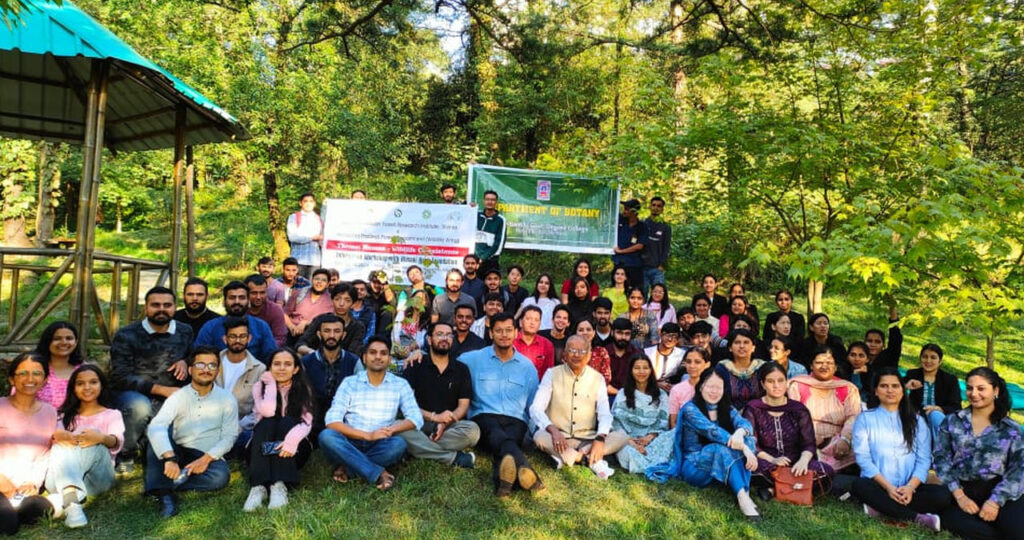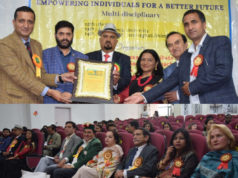Insect-eating Venus Fly Trap plants are remarkable wonders of nature, and they can be found thriving in the lush forests of Shimla. In an exciting revelation for biodiversity enthusiasts, scientists have brought attention to these fascinating plants during a Wildlife Week event organized by the Himalayan Forestry Research Institute (HFRI) and Umang Foundation, focusing on educating students about the region’s unique flora and fauna.
Dr. Vaneet Jishtu, a senior scientist at HFRI, captivated an audience of over 70 students from Himachal Pradesh University, and nearby colleges of Shimla at the rare plants garden in HFRI’s Potterhill area. His presentation underscored the critical role that forests play in supporting wildlife and maintaining ecological balance.
“The Venus Fly Trap is a remarkable example of nature’s creativity,” Dr. Jishtu explained. “While many are familiar with carnivorous plants in distant regions like Indonesia, the Venus Fly Trap thrives right here in our forests. This plant lures insects with its vibrant petals and swiftly closes its trap to capture its prey, showcasing a unique adaptation to obtain essential nutrients like nitrogen.”
He also compared the Venus Fly Trap with other intriguing plants, such as the pitcher plant, known for consuming larger prey, including frogs and small mammals. This comparison illustrated the diverse adaptations that plants have evolved to survive in various environments.
As the discussion progressed, Dr. Jishtu addressed the alarming impact of human activities on these delicate ecosystems. “Humans are the only species that can disrupt the intricate balance of nature,” he warned. “Widespread deforestation and habitat destruction are leading to the decline of wildlife populations and increasing conflicts between humans and animals. Preserving forests is crucial not just for biodiversity but also for our survival, as they provide clean air and regulate climate.”
Prof. Ajay Srivastava, President of the Umang Foundation, echoed Dr. Jishtu’s concerns, urging students to take up the mantle of environmental advocacy. “Forests and wildlife are not just subjects of academic interest; they are vital to our existence,” he emphasized. “It is imperative for the youth to voice their concerns against the degradation of forests in the name of development. Our organization conducts annual tree plantation campaigns to help restore green cover and nurture saplings for future generations.”








